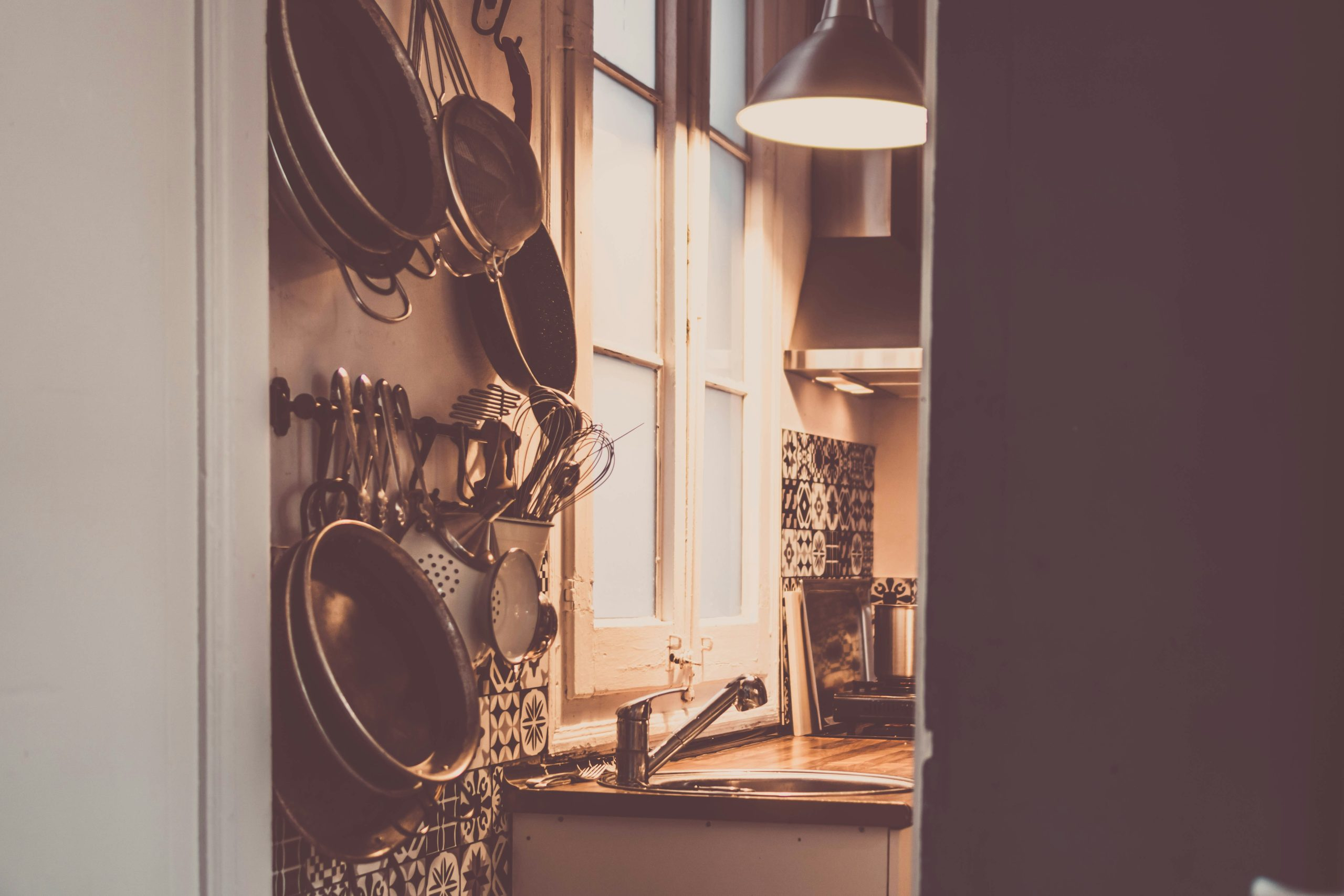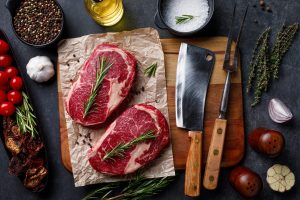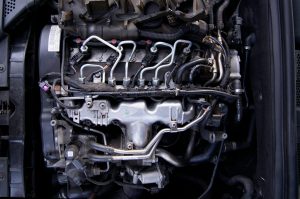The Critical Role of Proper Ventilation in Your Cooking Space
Cooking is an essential part of our lives, whether we are creating a gourmet meal or whipping up a quick dinner after a long day. While we focus on the ingredients and techniques used in our cooking, there is one crucial aspect often overlooked – proper ventilation. Not only does it help eliminate undesirable cooking smells, but it also plays a critical role in maintaining a healthy and safe cooking space. In this article, we will discuss the importance of proper ventilation in your cooking space, and how it can make a significant difference in your daily cooking experience.
The Negative Effects of Poor Ventilation
Poor ventilation can cause a range of health and safety issues in your cooking space. When cooking, harmful gases such as carbon monoxide and nitrogen dioxide are released, along with the production of excess moisture and heat. Without proper ventilation, these by-products linger in the air, creating an unhealthy and uncomfortable environment.
Health Risks
Cooking activities such as searing, frying, and broiling produce toxic fumes that can irritate the throat, eyes, and lungs, and can even lead to short-term respiratory illnesses. Long-term exposure to these fumes has been linked to respiratory illnesses, asthma, and even lung cancer. Additionally, moisture buildup from cooking can also lead to the growth of mold and mildew, which can trigger allergies and respiratory problems.
Fire Hazard
Besides the health risks, poor ventilation in your cooking space can also pose a fire hazard. When cooking, the heat and moisture produced need to be adequately ventilated to prevent the buildup of steam and condensation. Without proper ventilation, this can lead to excess moisture collecting on the walls and ceiling, creating a breeding ground for mold growth. Furthermore, the presence of grease and oil particles in the air can also settle on surfaces, increasing the risk of a fire.
The Benefits of Proper Ventilation
Now that we understand the negative effects of poor ventilation let’s look at how proper ventilation can benefit your cooking space.
Improved Air Quality
The primary purpose of proper ventilation is to remove harmful fumes, gases, and excess moisture from your cooking space. This significantly improves the air quality, making it healthier and more comfortable to breathe. This is particularly important for individuals with respiratory issues, allergies, or sensitivities to cooking smells.
Reduced Cooking Smells
Who doesn’t love the smell of delicious food cooking? However, when these cooking smells linger, they can become unpleasant and overpowering. Proper ventilation helps to remove these smells from your cooking space, ensuring your home smells fresh and clean.
Prevents Grease Accumulation
Proper ventilation also helps to prevent grease and oil buildup on your cooking appliances and surfaces. When cooking, grease and oil particles are released into the air and can settle on surfaces, making them sticky and greasy. Over time, this can create a breeding ground for bacteria and can be challenging to clean. Proper ventilation helps to eliminate these particles, keeping your cooking space clean and hygienic.
The Different Types of Ventilation Systems
There are various ventilation systems available, and choosing the right one depends on your cooking space’s layout and needs.
Range Hoods
The most common type of ventilation system found in kitchens is the range hood. This is typically installed above your stovetop and is designed to capture cooking fumes and direct them outside through ducting. There are different types of range hoods available, such as ducted, ductless, and convertible. It’s important to select the right type for your cooking space to ensure effective ventilation.
Exhaust Fans
Exhaust fans are another popular option for kitchen ventilation. These fans are usually installed on the ceiling or wall and are used to draw out stale and moist air from the cooking space and release it outside. Unlike range hoods, exhaust fans can be installed in any part of the kitchen, making them a versatile option for smaller spaces.
Natural Ventilation
While having a mechanical ventilation system is ideal for proper air circulation, natural ventilation is also an option. This involves opening doors and windows to allow fresh air to enter the cooking space, and stale air to escape. However, this method may not be suitable for all cooking spaces, particularly in urban areas with poor air quality.
In Conclusion
Proper ventilation is an essential aspect of your cooking space that should not be overlooked. It not only improves air quality and eliminates unpleasant cooking smells, but it also plays a vital role in maintaining a safe and healthy space for you and your family. Whether you opt for a range hood, exhaust fan, or natural ventilation, ensuring proper ventilation will make a significant difference in your daily cooking experience.











